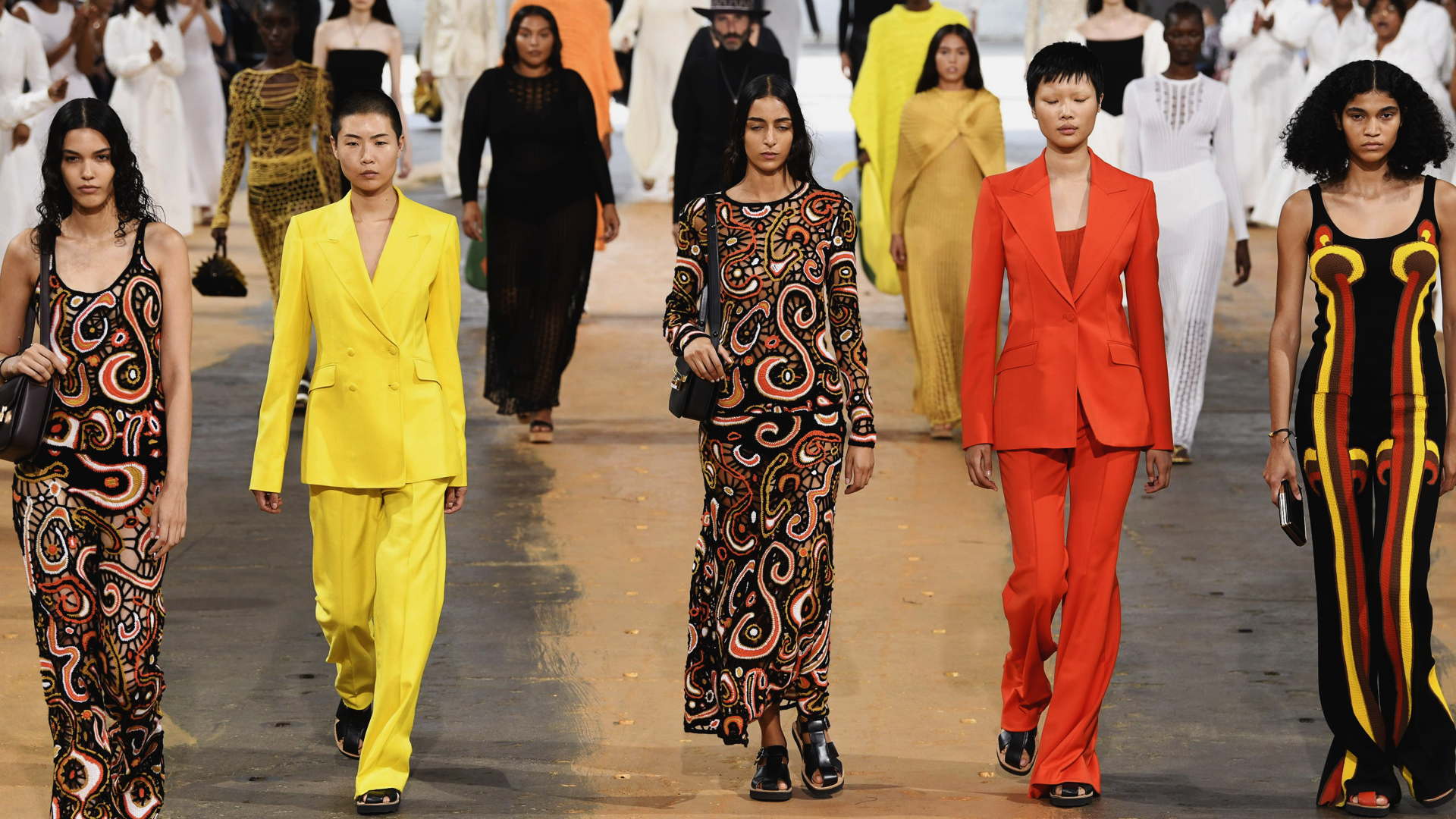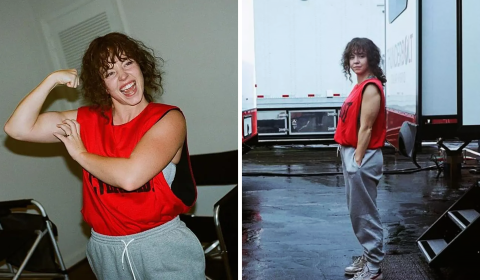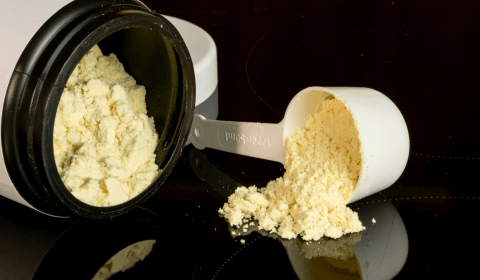In collaboration with Evian, Balmain crafted a woven couture gown made out of monofilament yarn. At least 46 percent of the fabric used to create the dress was upcycled from the French company’s used plastic water bottles.
Coach’s designer Stuart Vevers utilised old American footballs and leather jackets to create reworked jumpsuits, coats, and purses.
Meanwhile, Caribbean-inspired brand Botter used fibres made from algae and kelp in their collection, and also served lemonade to the show’s attendees in an edible capsule made from algae.
These rare efforts vaguely allude to the responsibility designers have to be eco-conscious, but other brands have taken responsible sourcing to the next level.
Earlier this year, we wrote about the steps Chloe’s new creative director was taking to push the brand along a more sustainable path. At the showcasing of Chloe’s Spring/Summer 2023 collection, one third of all clothing was made from deadstock fabrics. The soles of shoes were also made from biodegradable materials.
It looks like Chloe will continue improving its ranking on the sustainability index if it maintains its current rate of action. Still, there’s one brand that is paving the way unlike any other – and regular Thred readers might be able to take a guess at which one that is.
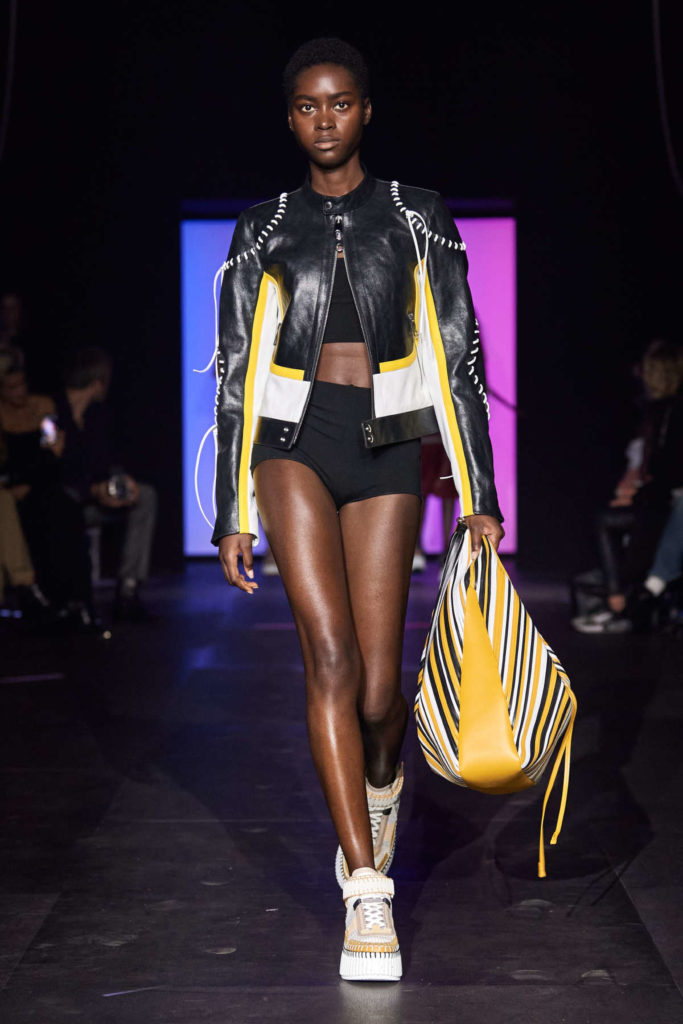
Stella McCartney’s commitment to making planet-friendly fashion is something serious.
Since 2001, the use of sustainable materials and ensuring the protection of animal welfare have been at the heart and soul of her brand’s ethos.
The SS23 collection seen in Paris was made from 87 percent conscious materials and was McCartney’s most sustainable season yet. Purses were made from grape or fungi-based leather alternatives and also featured the luxury industry’s first-ever garment made from regenerative cotton, a t-shirt.
Still, Stella McCartney doesn’t want eco-consciousness to be at the forefront of her collections.
‘If I’m doing my job right, you shouldn’t see any of the sustainability,’ McCartney told The Guardian. ‘It should just look like the most luxurious, glamorous show. I don’t want it to look like sustainable fashion – I want it to look sexy and effortless and easy.’
With the likes of Bernard Arnault, the chief executive and chairman of LVMH, in attendance, McCartney recognises the point she has to prove to fashion’s figureheads. Stella’s goal is for people like Arnault to ‘see that there is no sacrifice visually, or in make, or in quality’ when making the clothing in her collections.
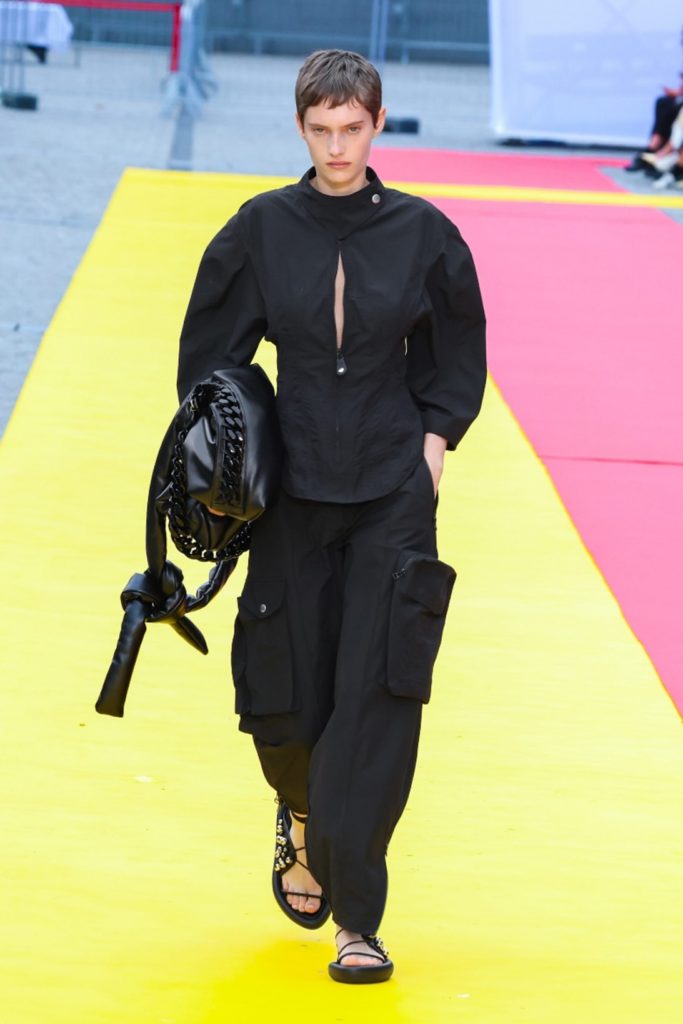
It’s a little disappointing to see that the vast majority of designers only took small – if any – steps to acknowledge the environmental impact of their craft.
Things will soon change though, as fashion councils continue to apply pressure. For example, Copenhagen’s Fashion Week will require participating brands to meet 18 minimum sustainability criteria from Autumn/Winter 2023.
According to Vogue Business, these criteria cover ‘strategic direction, design, smart material choices, working conditions, consumer engagement, and — the most relevant — show production.’
From leather alternatives to recyclable nylon fabrics, as well as virtual shows and immersive VR, the technology for making sustainable clothing is only getting better.
Let’s hope stricter rules put in place by fashion councils will be enough to make a difference in future seasons.









